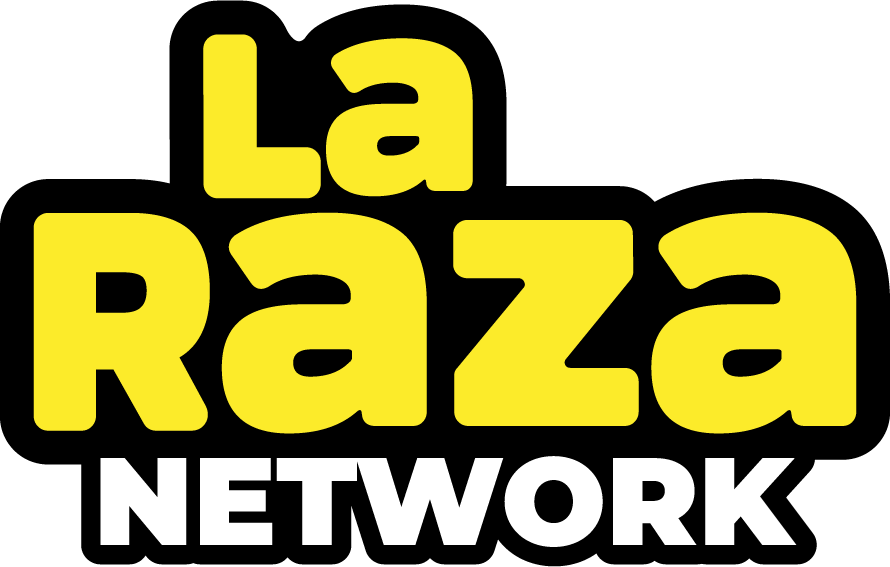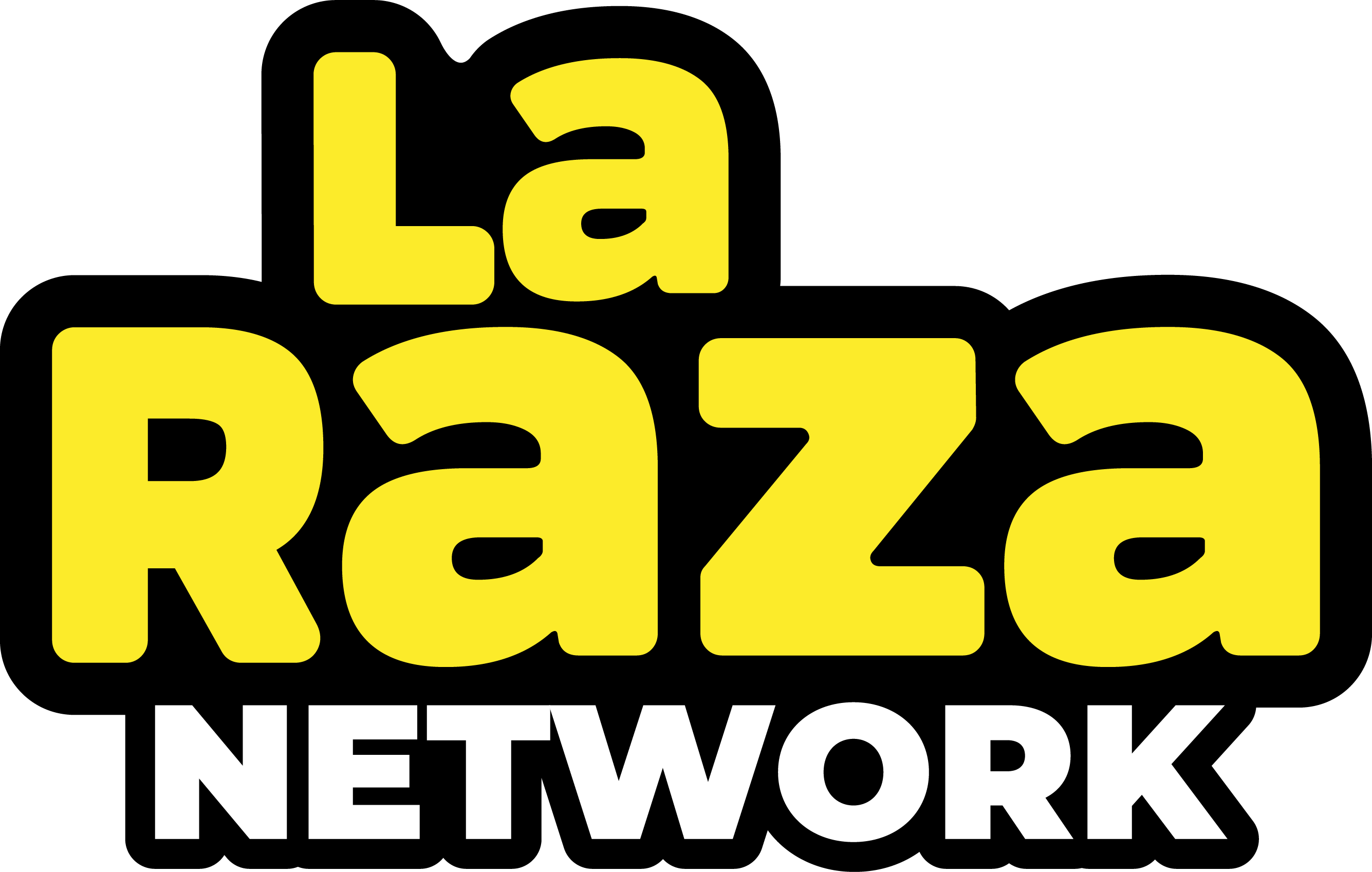The hollow arrow icon means that an app may receive your location under certain conditions, while a solid arrow indicates that an app is currently using your location. The solid arrow typically appears when you actively use an app that requires location data, like navigation or location-based reminders. To control which apps use location services, go to Settings, select Privacy & Security, and then Location Services. You’ll see a list of apps with their location access status.
Device Performance
When you see this message, your device isn’t connected to your mobile network, but you can make emergency calls through other service provider networks. On your iPhone with Dual SIM capability, you’re in range of your mobile network and can make and receive calls. It’s normal for apps like ride-sharing or food delivery services to use your location. However, if the arrow appears without any apparent reason, it could be a sign of unauthorized access.
Simple Tips To Fix iPhone Battery Drain
Turning off Assistive Touch does not affect other accessibility settings, but be cautious when navigating the Accessibility menu to avoid changing settings unintentionally. You can also check out this video about how to remove the white arrow on your iPhone for more on this subject. If you see the headphone icon, your iPhone is either connected to earbuds, AirPods, or headsets. There are many more signals that you should be aware of, similar to this arrow next to the time.
What does it mean when an iPhone screen is showing… a clock icon?
This allows you to control which apps have access to your location data and when they have access. Yes, the arrow icon can indicate potential battery usage, as it signifies active location services. Apps using your location continuously, like navigation apps, can consume more battery. However, occasional access to location services by apps typically has a minimal impact on battery life.
This topic is crucial because an uncluttered screen is important for seamless interaction with your device. Plus, let’s face it, we all want our iPhones looking sharp and clean, right? This white arrow might have been useful at some point, but if you no longer need it, it’s time to say goodbye. This guide is relevant to all iPhone users on iOS 17 who want to learn how to disable the Assistive Touch feature and get their screens back to their pristine state. Since iOS 14, you can even set up apps to determine only your approximate location. For many apps the approximate location is sufficient and you have the possibility to protect your data and privacy even better.
You can’t make calls or use Bluetooth until you turn off this setting. Your carrier’s EDGE (GSM) network is available, and your iPhone can connect to the internet over that network. Your carrier’s GPRS (GSM) or 1xRTT (CDMA) fp markets review network is available, and your iPhone can connect to the internet over that network. Your carrier’s 3G UMTS (GSM) or EV-DO (CDMA) network is available, and your iPhone can connect to the internet over that network.
Once we leave the “Settings”, our changes should become apparent. Check your status bar for the arrow icon, which is probably gone now. If not, return to the settings https://broker-review.org/ page and check for other potential causes. By keeping this list under our control, we can extend the otherwise impeded battery life of the iPhone by quite a measure.
Please know that there will be a variation of arrow icons visible with different colours, each with a distinct purpose. Knowing what the different arrows on your iPhone’s status bar mean is essential, as it can help you better understand how an app uses Location Services. You can easily enable or disable Location Services for any app from the Privacy settings in iOS. If you want to restrict access for certain apps, you can set these preferences individually for each.
- Some of these iPhone symbols are on the top left of the screen by the time, while others appear next to the battery when you pull down the Control Center.
- Your iPhone is paired with a headset, headphones or earbuds.
- Slide your finger up from the bottom of the display to open Control Centre and tap the Do Not Disturb icon to switch this mode off.
- Remember, iPhone’s settings are all about flexibility and customization, so don’t be afraid to explore and adjust your device to suit your personal preferences.
So let us know what each of those means before you start looking for them individually. This means you are on an Edge network rather than one of the newer 3G, LTE or 4G networks. Apps like Safari that use the Internet may run a little slowly, but you should be able to use them (along with apps like Mail and Maps) just fine.
You can access the iPhone Control Center by swiping down from the upper right corner of your screen if you have an iPhone without a Home button, like the iPhone 14. If you have an iPhone 8 or earlier, you will need to swipe up from the bottom of your screen. Some of the iPhone Control Center icons will always stay the same, but the icons at the bottom of the Control Center are determined by how you choose to customize your Control Center.
This arrow is an indicator that one or more apps on your phone are currently using your location. With the increasing number of apps that track user locations, it is important to understand when and why this arrow appears, as well as how it relates to your privacy settings. They symbolise how differently your location is being accessed. To understand what these arrows mean, you can check your device’s settings and can also hide the arrow icon through it. Location Services provide apps with your current geographical position, and the arrow that pops up on the upper-right of your iPhone screen is location-related. Let’s look at what the different-colored arrows mean and how you can change your location settings to restrict apps from accessing your location.
Understanding the meaning behind this arrow can help you navigate your iPhone more effectively and make the most out of its features. When using an iPhone, you may have noticed https://forex-review.net/shakepay-review/ a small white arrow that occasionally appears in the top right corner of your screen. Have you noticed that unusual arrow visible next to the time on your iPhone?
You may notice it change when you go abroad and the device picks up an overseas provider. This indicates that the app in question has made a request for your position shortly before we’ve checked. With iOS 14 and later, you may see an orange or green indicator in the status bar on your iPhone. These indicators appear when the microphone and/or camera are being used by an app. A blue arrow may appear when the app you’re using requests your location. You’re in range of your mobile network and can make and receive calls.
Now that you know briefly what this distinct color arrow means, you should be able to turn on location services on your iPhone if necessary. Bluetooth is used to communicate with other devices, like wireless earphones, speakers and external keyboards. Slide your finger up from the bottom of the display to open Control Centre and tap the Bluetooth icon to turn it Off. This mode blocks all Wi-Fi and cellular connections so you won’t be able to receive or make calls, send texts, access the internet and so on.
You should be aware of how Location Services works because it can significantly impact your privacy and battery life. The arrows’ colors have different meanings, too, so further down the article, we’ll explain what each color means and how you can manage Location Services for individual apps. On your iPhone with Dual SIM capability, you’re in range of your cellular network and can make and receive calls. By following these steps, you can limit the usage of location services to only when necessary, preventing the arrow from always being on. Keep in mind that certain apps such as navigation or weather apps may require constant access to your location for proper functionality.
While utilizing map-based or location-based programs like find my app, uber, ola, etc., you’ll frequently see it. Since these applications rely on GPS, your smartphone must enable location services in order to allow access to your device’s GPS. Your iPhone’s status bar is a window into your phone’s various functions. Each icon, including the arrow, offers insights into your iPhone’s operations, such as connectivity, battery life, and now, location services. You can find more information about the status icons on the official Apple support page. The arrow (visible at the upper right corner of your iPhone) next to the time denotes that an app of your device is using the location services.
Slide your finger up from the bottom of the display to open Control Centre and tap the Do Not Disturb icon to switch this mode off. If you can see the arrow symbol permanently, this means that one of your apps is constantly accessing the Location Services and causing potentially high load on the iPhone battery. Some apps require very frequent access to your position, such as geocaching or fitness apps with GPS functionality, or a navigation app such as Apple Maps or Google Maps. On the location services page, you can see how you’ve shared your location with different apps, and adjust your settings. You can also tap on System Services to view and adjust more location-based settings. If an app asks you to allow or disallow tracking your activity, it is essential to consider the implications of your choice carefully.
Also, keep in mind that there are other ways to customize Assistive Touch if you still need some of its functionality but want to minimize its intrusion. You can adjust its opacity, place it in a less obtrusive spot on your screen, or even customize the menu to include only the features you use most. Opening the Settings is the first action because it’s the gateway to all customizable features on your iPhone. You can find the Settings app on your home screen, usually represented by a gear icon. Are you tired of that pesky white arrow on your iPhone screen?
Yes, simply follow the steps above in reverse to re-enable Assistive Touch if you need it again. The Accessibility section is where Apple consolidates all settings that make the iPhone easier to use for those with various disabilities or physical challenges. Jam Radar specializes in delivering astute tech reviews, comprehensive guides, and precise troubleshooting solutions. This is the sync icon, and it signifies that the iPhone is currently syncing with a computer. The iPhone can sync wirelessly, so it no longer has to be attached to the computer. A little lightning bolt on the very righthand side of the status bar means the iPhone is charging.
It is a common feature in map-based or location-based applications, such as Find My App, Uber, Ola, and many others. The arrow icon may appear and disappear as different apps access your location data. This is how you may modify or remove the iPhone’s location services icon. We have provided the information above, whether it be for uninstalling it, turning off the services for a few apps, or understanding the significance of various color arrows.
Upon noticing the arrow in the top left corner of your screen, you might wonder about its implications. It’s a signal for you to be aware of your current privacy settings, especially concerning location sharing. Let’s cover the meaning of some iPhone control center icons.
The arrow icon on your iPhone’s status bar is a vital indicator of location services at work. Understanding how to manage this feature gives you control over your privacy and device functionality. Whether you choose to disable it, limit app access, or keep it active, it’s about making an informed decision that aligns with your personal privacy preferences and usage habits. To determine the precise location, your device may in some situations use your mobile networks, Bluetooth, Wi-Fi, GPS, and Bluetooth.
App Tracking Transparency is a step Apple has taken to have individual apps and choose whether to allow or not to enable the app tracking option. This is why you might receive an on-screen notification prompting you to select how a particular app can use your location data. From here, you can individually enable or disable location access for specific apps, giving you more control over when the White Arrow appears. While the arrow symbol may indicate that the device is using location services, it doesn’t necessarily mean that the iPhone’s performance will be negatively affected. The iPhone is designed to efficiently multitask, and the use of location services may only have a minimal impact on overall performance.
Tap on each app to adjust its location access to ‘Never’, ‘Ask Next Time’, ‘While Using the App’, or ‘Always’, based on your preference. The arrow symbol next to the time on your iPhone indicates that a location service is currently being used. This means one or more of your apps are actively accessing your location information, which could be for navigation, weather updates, or other location-based services. The arrow is a direct indicator of location services being active. This icon can be a helpful reminder to monitor which apps have access to your location data and for what purpose. The arrow symbol next to the time on your iPhone’s status bar indicates that a location-based app, like Maps or Weather, is requesting or using your location.
The White Arrow on iPhone serves as a visual indicator for various actions and events happening on your device. Its design and behavior are determined by system settings and app requirements. The White Arrow itself does not directly impact your iPhone’s battery life.
You can also manage when an app can access Location Services by selecting While Using or Always from the options below. This will allow you to prevent an app from accessing your location at all times but still have it available when you are actively using that particular app. Then, tap on the “Screen Rotation Lock” icon to toggle it off. The White Arrow will disappear from the status bar once the screen rotation lock is disabled. From there, you can enable or disable location access for each app according to your preferences. If you are using your iPhone as a personal hotspot to share your cellular data connection with other devices, the White Arrow may appear in the status bar.


![Fotografía de archivo de Karl-Anthony Towns de los Minnesota Timberwolves. EFE/EPA/DAVID MAXWELL SHUTTERSTOCK OUT[SHUTTERSTOCK OUT]](https://larazalaraza.com/wp-content/uploads/2022/11/rss-efec84bc8829424bd5e7c6c131d404b27c29efa28e5w-150x150.jpg)




